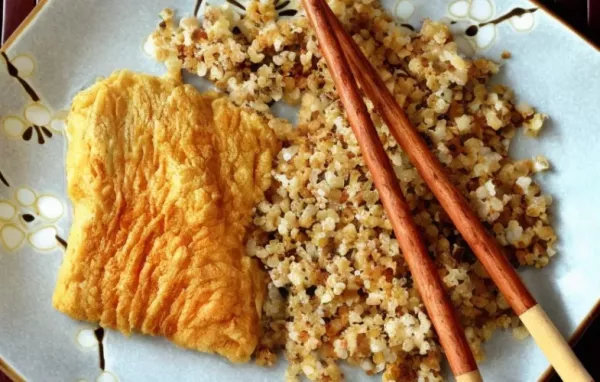Delicious Tamagoyaki recipe

Published on August 23, 2023
Learn how to make traditional Tamagoyaki, a Japanese rolled omelet that is sweet, savory, and incredibly delicious. This recipe is perfect for breakfast, lunch, or dinner and is sure to impress your family and friends. It takes a bit of practice to perfect the technique, but the result is a beautiful and tasty omelet that everyone will love.
Ingredients
- 4 large eggs
- 2 tablespoons soy sauce
- 1 tablespoon mirin
- 1 tablespoon sugar
- 1/4 teaspoon salt
- 2 tablespoons vegetable oil
Directions
- In a bowl, whisk together the eggs, soy sauce, mirin, sugar, and salt until well combined.
- Heat a non-stick frying pan over medium heat and add 1/2 tablespoon of vegetable oil.
- Pour 1/4 of the egg mixture into the pan and quickly swirl the pan to spread the mixture evenly.
- When the egg starts to set, gently roll it up from one end to the other with chopsticks or a spatula. Push the rolled egg to one side of the pan.
- Add another 1/2 tablespoon of vegetable oil to the empty side of the pan and pour another 1/4 of the egg mixture. Swirl the pan again to spread the mixture and roll it up with the already cooked egg.
- Repeat the process two more times, adding oil, pouring the egg mixture, rolling it up, and pushing it to the side of the pan.
- Once all the egg mixture is used and rolled up, remove the tamagoyaki from the pan and let it cool slightly.
- Slice the tamagoyaki into bite-sized pieces and serve it as is or with soy sauce for dipping.
Interesting Facts
You’ll Also Love












